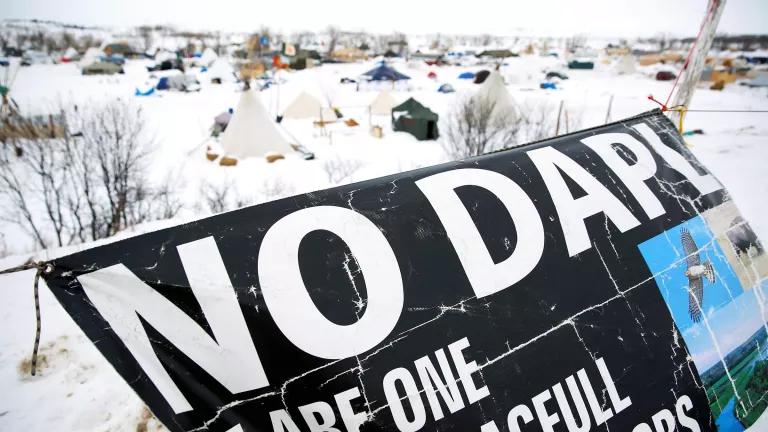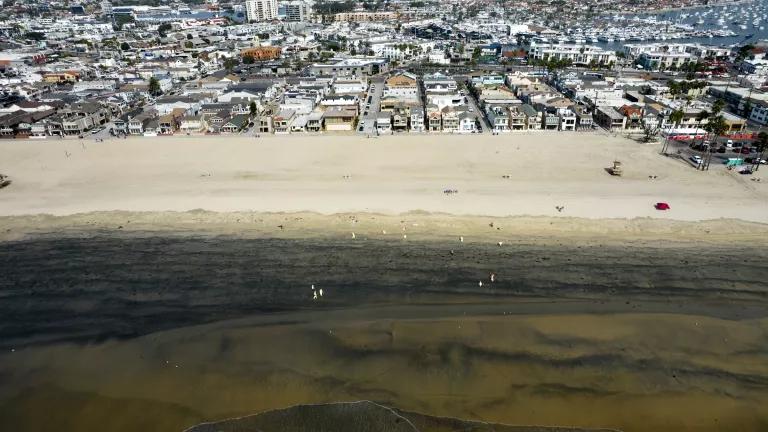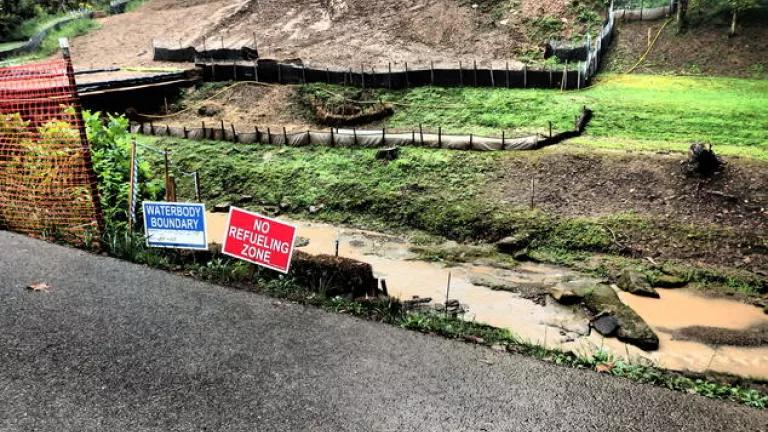Trump's Bad Bet #1: DAPL

UPDATE: 6/14/17 Judge finds pipeline approval unlawful. Hearings set to begin June 21 to determine whether pipeline should shut down.
Energy Transfer Partners is seeking to construct a pipeline under Lake Oahe to transport oil from western North Dakota to refineries in Illinois. The pipeline would run for 1,172 miles and transport up to 570,000 barrels of oil per day. The Assistant Secretary of the Army decided that an Environmental Impact Statement was necessary to address the impact an oil spill could have on the Standing Rock Sioux Tribe who depend on Lake Oahe for their drinking water. Key documents regarding oil spill risk, response and environmental justice had been withheld from the Tribe and others. In addition, previous analysis had failed to address the Tribe's treaty rights and the government's obligation under the Mineral Leasing Act to protect subsistence fishing and hunting. The Army Corps of Engineers initiated a public comment period to prepare the EIS on January 18, 2017. In an abrupt about-face, the Trump Administration shut down this comment period and granted Dakota Access an easement to construct the pipeline under Lake Oahe.
President Trump is a businessman, so you’d think he would know a good bet when he sees one. Reversing Obama’s decision on the Dakota Access Pipeline isn’t.
Here’s why:
- The tribes and others affected by the decision deserve a meaningful say. They didn’t get it. In January, the U.S. Army Corps of Engineers initiated a public comment period for the preparation of an Environmental Impact Statement. On February 7, the Army Corps shut down the public comment and announced that it would grant the easement to complete the pipeline.
- Trump broke the law. Agencies have to justify a reverse course. Here, the Army Corps didn’t.
- The National Environmental Policy Act requires agencies to analyze new information. Again, the Army Corps didn’t.
- Trump ignored his own order. His own presidential memorandum requires conditions on the easement that are “necessary and appropriate.” Completing an Environmental Impact Statement is needed to determine such conditions.
- Additional analysis is needed to prevent and detect oil leaks. Existing analysis does not adequately address these issues. In fact, the Army Corps continues to keep critical risk analysis and spill response documents secret. And the risks are real: In December, as the Standing Rock Sioux and its allies resisted Dakota Access, a pipeline rupture—just 150 miles away—undetected by leak-detection systems spilled 176,000 gallons into a nearby creek.
-
Further analysis is needed to protect reserved treaty rights. In a December 4, 2016, opinion, the Solicitor of the Department of the Interior concluded that "[l]ands taken to create Lake Oahe remain on-reservation." In addition to crossing under the lake, the pipeline crosses unceded Sioux territory.




